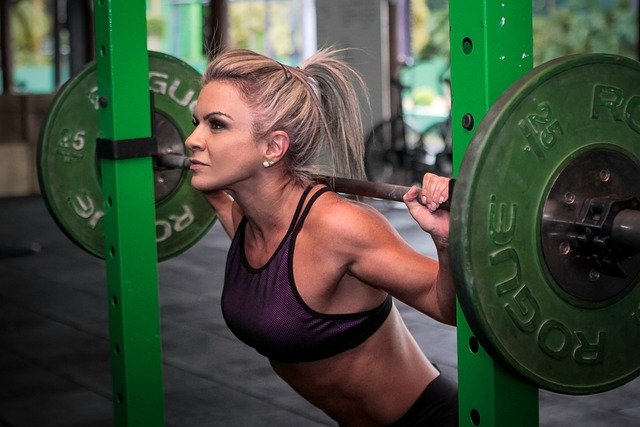For many people, weightlifting is an enjoyable and effective form of keeping fit. It can be done at various levels and your weightlifting performance progress is easy to monitor as you are able to lift heavier and heavier weights. However, as with any sporty, care must be taken to protect against injury. It is important to learn the correct forms and techniques to maximize the health benefits. Also to know what type of weightlifting support products are out there to help you stay safe. The folks at MAGMA Fitness Canada offer all the essentials for building a home gym. They provide guidance and the best workout equipment needed to build your dream gym.
- Getting started
Before rushing into lifting the big numbers, make sure you have got the basics right. Consult a doctor before starting on a weightlifting regime to ensure that you are healthy enough to take part safely. Take time to research the right safety measures and to buy the right kit. You might want to book a few lessons or personal trainer sessions to start with. This will help you get your weightlifting performance correct from the very first time.
- Early steps
As with any sporting activity or fitness routine, it’s essential to have some sort of goal to keep yourself motivated. Perhaps you want to change how your body looks, bulk up, become more defined, or lose excess fat. You might have an eye on entering weightlifting competitions one day or joining a specialist team. Set a timeframe to achieve various steps and keep an open mind as to how you will chart progress.
Start off lightly to being with to allow your body to get used to the new form of activity. You could find that your muscles ache a lot to start with. This is not unusual, but see a doctor if you are concerned about any sharper pains or achiest bat are not getting better. Always warm-up and cool down with some stretches and muscle flexes. Then, start with lifting lighter weights using fewer reps and build up slowly. This more gentle approach will keep the blood flowing and guard against pulled muscles or strains from overdoing it.
- Change it up
Alternate which muscles you use to keep things interesting and improve your overall weightlifting performance. This helps you stay fresher for longer and doesn’t overwork any area, keeping you looking balanced. As an example, switch things up between your biceps, triceps, and chest; your shoulders and back, and then your thighs, abdominals, hamstrings, and calves. Vary the weights you use too. Lighter weights help to tone muscles, while heavier ones build up their mass. Rest for at least two days per week to allow muscles to repair and come back stronger.
- Don’t skip leg day!
Wise words indeed. So many people get caught up in training their chests and arms but fail to put the same effort into their legs. This can be because leg muscles are larger and therefore harder to work. Working out the entire body has its advantages through, from aesthetics to overall strength, stamina and conditioning. Ask your trainer for leg muscle weightlifting exercise ideas if you don’t know where to begin.
- Watch your posture
The poor technique leads to weightlifting injuries, particularly in the back, which can be extremely painful and debilitating. Always stand in a good posture with a strong, unhunched back and shoulders. Check yourself in a full-length mirror until you can automatically feel what it is like to stand correctly before you lift. Choose a professional back brace or support to help you pull your body into the right position. This and other weightlifting support products can really help weightlifters stay injury-free. So, they are worth investing in even before any aches or pains arrive.
- More about weightlifting support products
There is a plethora of belts, braces, and weightlifting support products available to help you improve your performance and protect your body and limbs from injury. Ankle supports and knee supports help protect your legs as you work on them. They help keep the joints secure and offer pain relief and healthy compression. Weightlifting support products for the back also offer pain relief after injury and help strengthen the spine during training.
Finally, shoulder and wrist supports and adjustable braces look after the arms as you raise and lower the weights. Finger splints are also available for your hands, along with specialist weightlifting gloves to prevent chapping, rubbing, and irritating the skin touching the weights.

